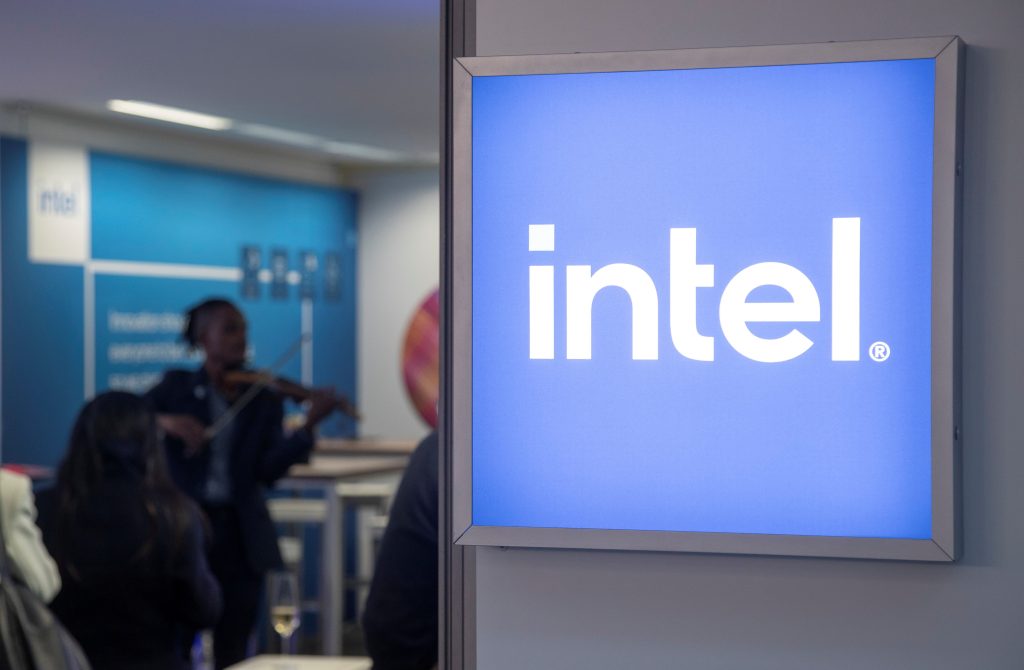
Intel’s Meteor Lake will be commercially available on December 14th.
- Meteor Lake introduces a multi-tile chiplet design, departing from the traditional monolithic CPU structure.
- It incorporates an NPU that accelerates AI tasks.
Intel has officially announced that its “Meteor Lake”, now rebranded as “Core Ultra,” will hit the market on December 14th.
Intel aims to create chips efficient and powerful enough to meet the demands of modern AI applications. Hence, Neural Processing Unit (NPU). But we’ll talk about that in a second.
Meteor Lake has 2 features that stand out.
First, the multi-tile chiplet design. Traditionally, the entire central processing unit (CPU) is built on a single piece of silicon, a monolithic design. The new design, however, features multiple smaller pieces (or chiplets) combined to form a larger, more complex chip. And these chiplets don’t even have to be from Intel. Talk about custom builds!
And what holds these various chip fabrication technologies together? Intel’s “Foveros” chip packaging technology. It’s a 3D stacking technology allowing Intel to stack multiple chiplets on top of each other for optimal performance.
This approach features a blend of high-performance and energy-efficient CPU cores. In total, it integrates 8 efficiency cores alongside 6 performance cores, ensuring seamless performance across a wide range of tasks, from gaming to productivity and multimedia applications.
Second, the integrated AI coprocessor, the NPU. It accelerates AI tasks, offering approximately 10 tera-operations per second (TOPS) of raw processing power. It is set to support a wide array of software applications, including Adobe’s Creative Suite and Blender, enhancing AI capabilities in everyday tasks.
Let’s talk about the graphics processing unit (GPU) that relies on Intel’s Arc discrete GPU architecture. It’s a new high-performance graphics architecture designed for gaming and other demanding workloads. In fact, it delivers up to 2x the performance compared to previous integrated graphics solutions.
Honorable mentions: it supports Wi-Fi 6E, Wi-Fi 7, Thunderbolt 4.0, and PCIe Gen5. It also features a media encoder capable of handling 8K video.
That’s all nice and dandy but what would it do to my battery? Good question. The Meteor Lake places two CPU cores on a separate System-on-a-Chip (SoC) tile. Apparently, this method would allow the primary compute tile to be turned off when not in use while still handling basic computing tasks.
The company is even allocating significant resources, with plans to invest $3.5 billion in New Mexico and $7 billion in Penang, Malaysia, over the next decade, focusing on capacity expansion for Meteor Lake and similar chip designs. Considering the climate in the chip manufacturing business, are we surprised?
Inside Telecom provides you with an extensive list of content covering all aspects of the tech industry. Keep an eye on our Tech sections to stay informed and up-to-date with our daily articles.